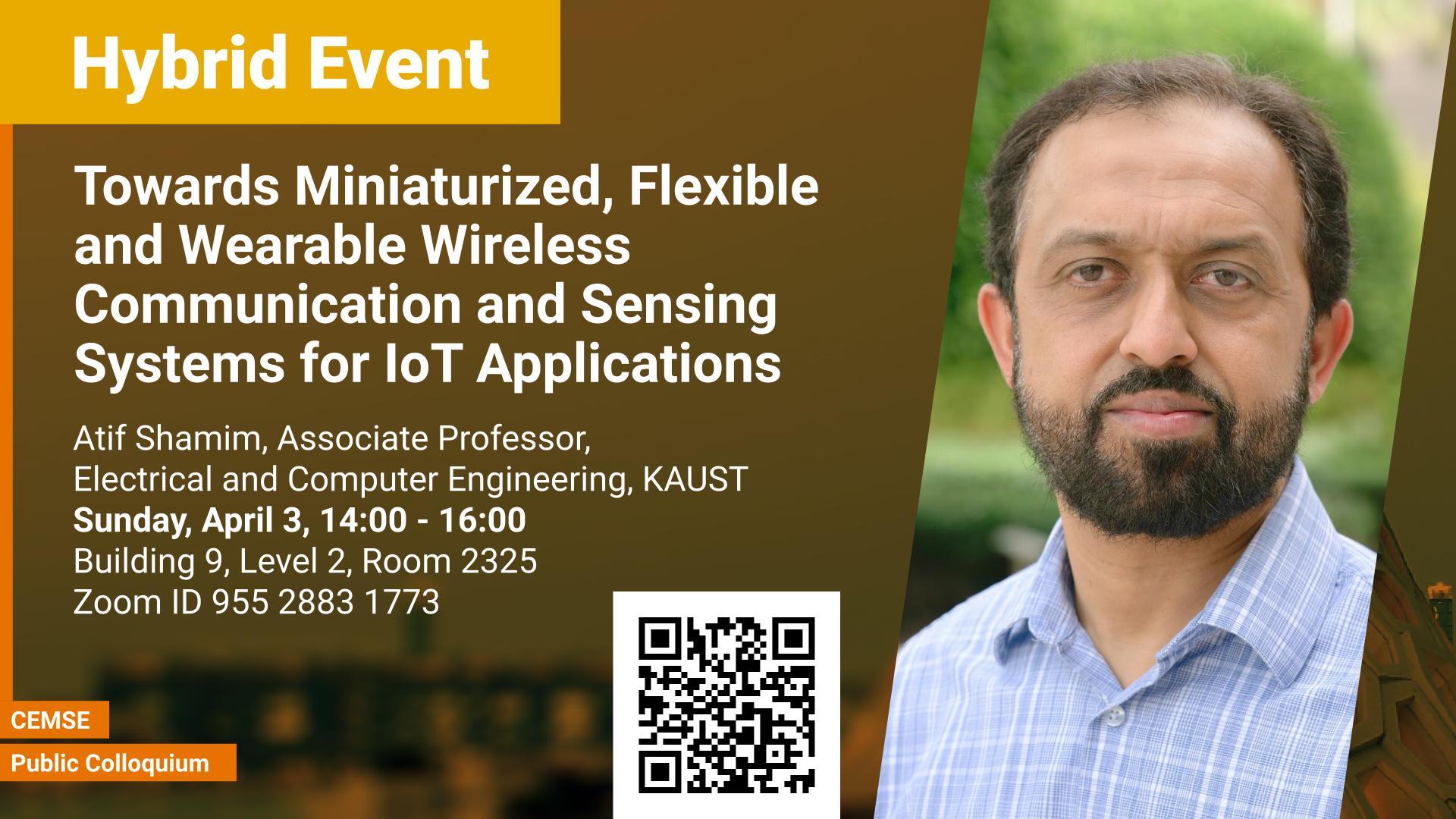PhD Student,
Electrical and Computer Engineering
Wednesday, May 08, 2024, 15:00
- 17:00
Building 4, Level 5, 5220
Contact Person
Array antennas with reconfigurable frequency and polarization, as well as beam-steering capabilities, have become essential for modern wireless systems. Beyond potential cost and space savings, these versatile antennas are expected to enhance both the performance and the security of wireless communication. Traditional designs rely on a large number of active elements for this purpose, resulting in an expensive solution that also leads to complex feeding and biasing networks. Alternatively, reconfigurable operation in microwaves can be achieved through magnetic tuning of ferrite substrates, eliminating the need for active components. Further cost savings can be achieved if additive manufacturing is adopted. These two approaches will be utilized in this dissertation to develop a cost-effective and structurally simple phased array antenna with the desired level of versatility.









